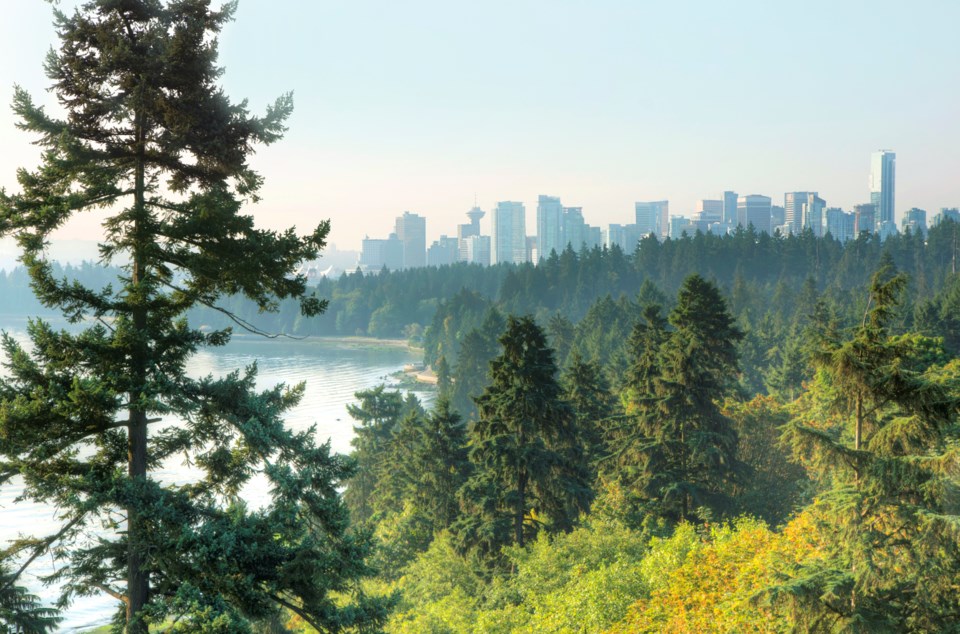A Vancouver software developer has launched a campaign to halt tree-cutting in Stanley Park and force the park board to disclose the reports behind the $7-million operation to take down 160,000 trees.
The board says a quarter of the trees were killed by the hemlock looper moth infestation and are a wildfire hazard. City hall’s freedom of information office is demanding a reporter pay $450 to see the reports justifying and planning the operation.
Michael Robert Caditz said he is seeking legal advice aimed at applying for a court injunction and will attend Monday's park board meeting to distribute leaflets. He formed the ad hoc Save Stanley Park group with cycling and hiking friends after he became alarmed about the number of trees removed.
“Last summer, I saw they were starting some tree removal, but I thought they were isolated, dead trees,” Caditz said. “When I went up there about a week and a half ago, I saw that they were removing trees, many more than I thought, and in many more areas than I thought. Some areas, especially by Prospect Point, look like small clear-cuts, and many of the trees seem to be living trees.”
Late last year, the city awarded two emergency contracts to North Vancouver forestry consultant B.A. Blackwell and Associates totalling $3.85 million. City council unanimously agreed Jan. 24 to a one-time, $4.9 million transfer to the park board from the $80-million stabilization reserve.
A three-page finance department report said work is focused on six sites, totalling 86 hectares, and that tree planting would need to take place from 2024 to at least 2026.
“These [moth] outbreaks are typically two years, this has now been four years,” city manager Paul Mochrie said at the meeting. “So it has had much more of an impact than was anticipated at the start. I think we have also been wrestling with the scope of the work and the potential cost implications of it.”
City council spent only five minutes on the matter. Councillors Rebecca Bligh, Christine Boyle and Brian Montague were absent.
The city announced a schedule of road closures for tree-cutting in a Nov. 29 news release. Just a week later, Mayor Ken Sim revealed his plan to abolish the elected park board. Caditz wonders if there is a connection, because Sim has stated his goal is to generate more revenue in parks.
"We're concerned that they may want to privatize parts of Stanley Park and maybe do more commercial development and they're going to say, down the road, ‘Well, we had to remove all those trees down at Prospect Point because of the moth infestation, so we might as well make good use of the land,’” Caditz said.
Park board chair Brennan Bastyovanszky said in an interview last month that the tree-cutting did not come to an open board meeting because it was considered an operational decision. The city’s director of parks Amit Gandha and arborist Joe McLeod gave commissioners a briefing in early 2023, claiming they wanted to strike a balance.
“What we don't want to do is make mistakes in removing trees that will recover as well,” Gandha said at the time.
Norm Oberson, owner of Arbutus Tree Service and a member of the Trees of Vancouver Society board, fears that the risk of wildfire is being overstated in order to expedite bulk tree removal. That heightens the likelihood of errantly cutting healthy trees.
Caditz said the amount of logging means fewer mature trees frame the three-lane Causeway, which means more traffic noise.
“Whereas interior trails in the park used to give a forest experience, they're now giving a highway experience because one can look up and see cars and trucks on the Causeway rather than forest,” he said. “That's not to mention the negative effects on the wildlife.”




